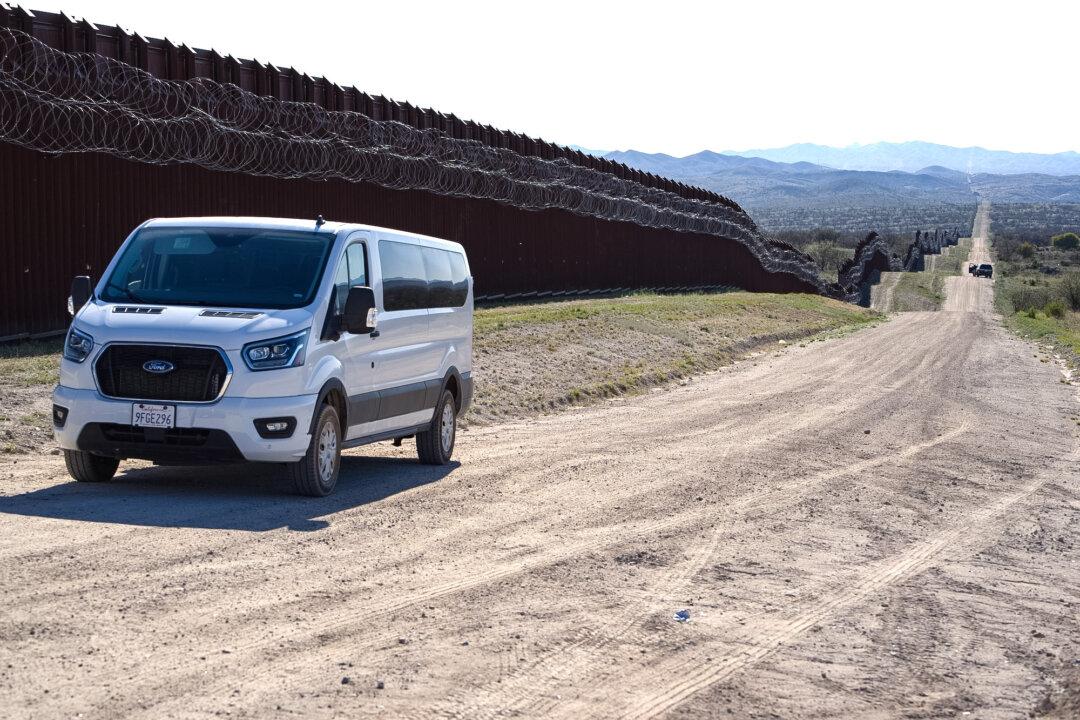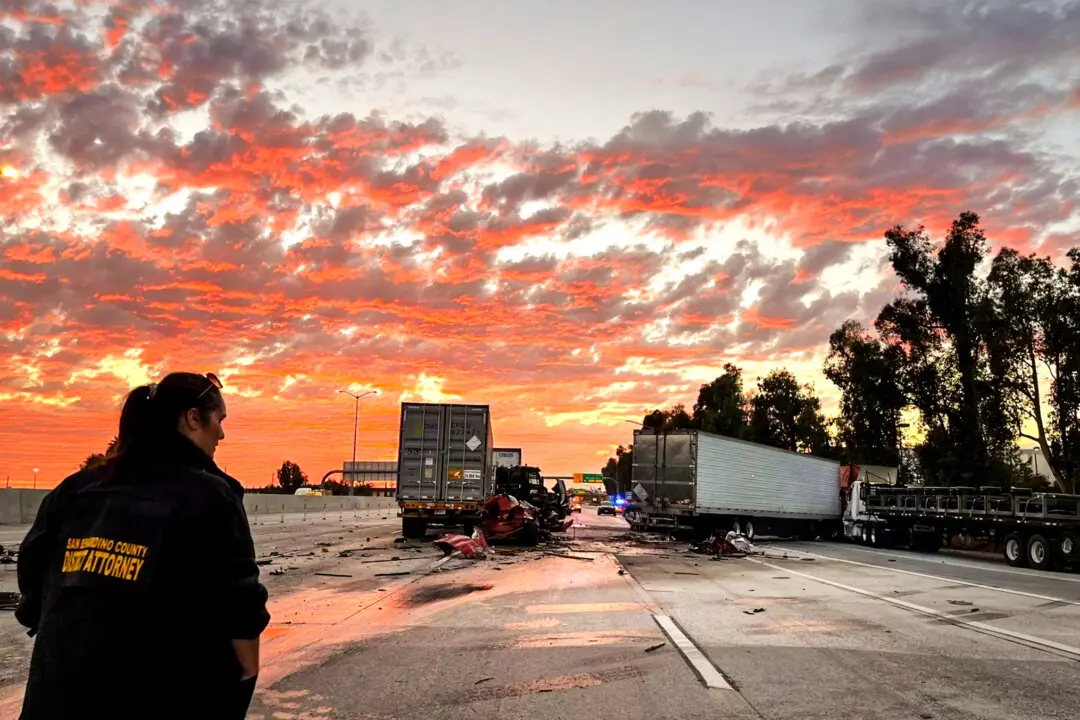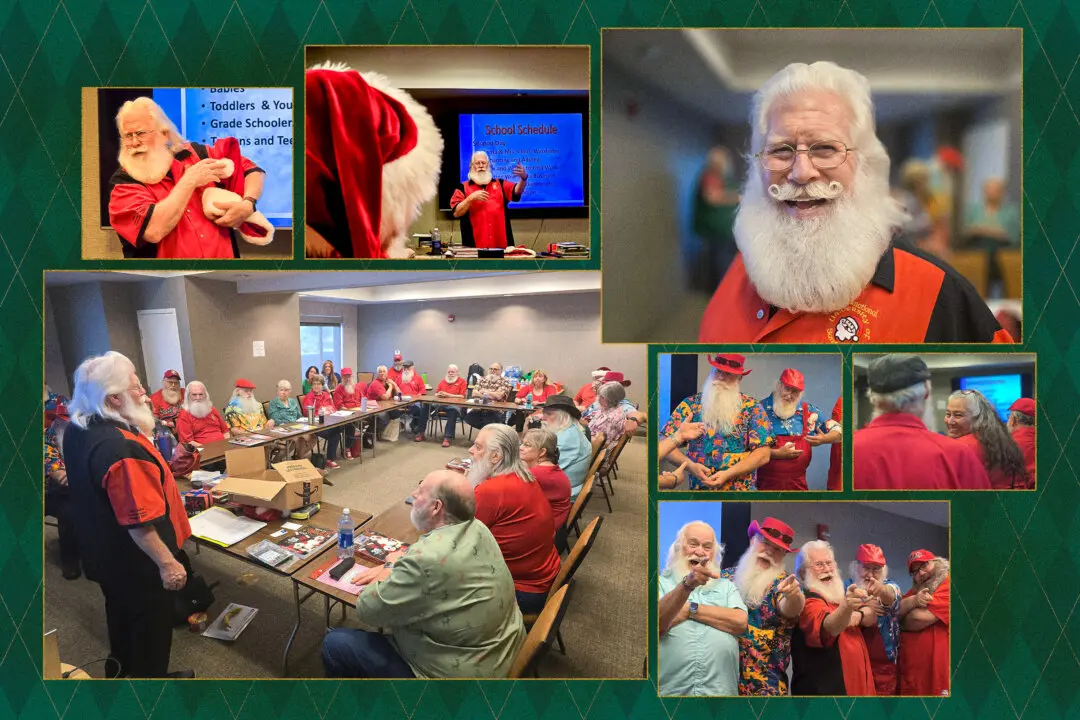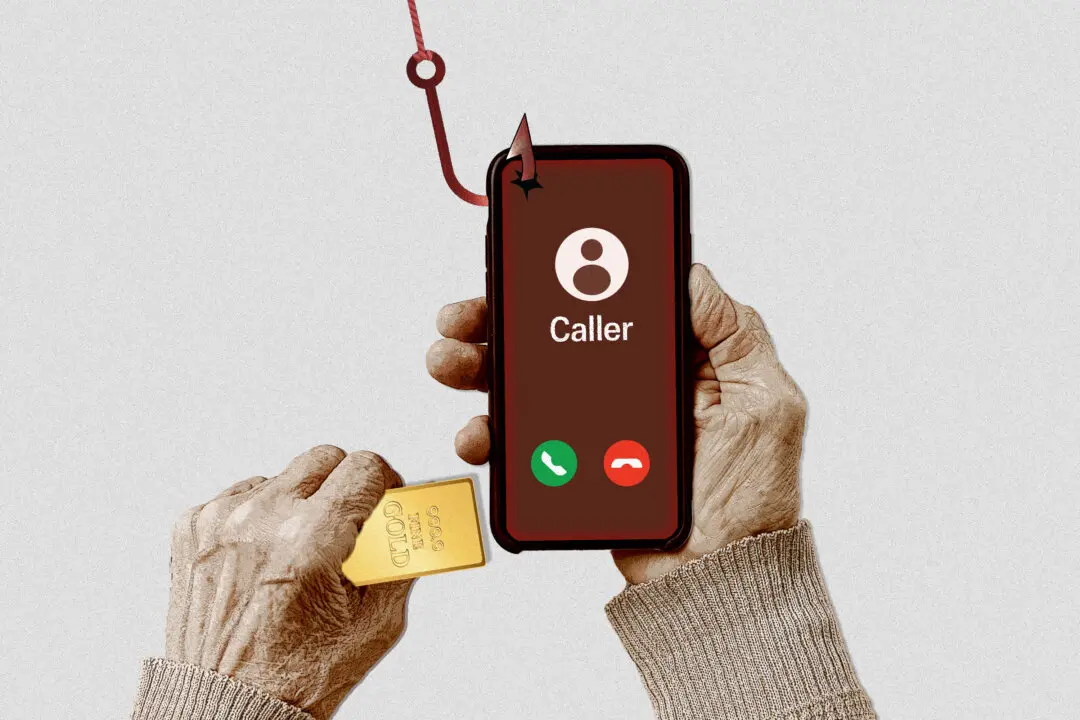NOGALES, Ariz.—A jury on April 18 will hear closing arguments in the monthlong trial of an Arizona man accused of murdering an illegal immigrant on his ranch property near the U.S.-Mexico border.
George Alan Kelly, 75, faces charges of second-degree murder and aggravated assault with a deadly weapon in the alleged shooting death of Mexican citizen Gabriel Cuen-Buitimea, 48, on Jan. 30, 2023.





